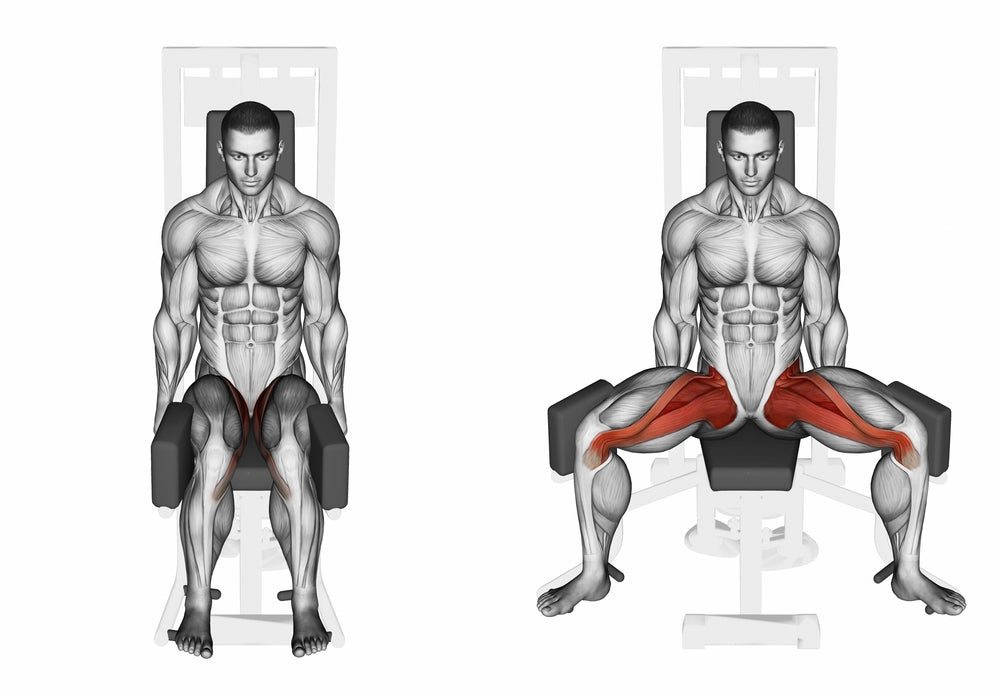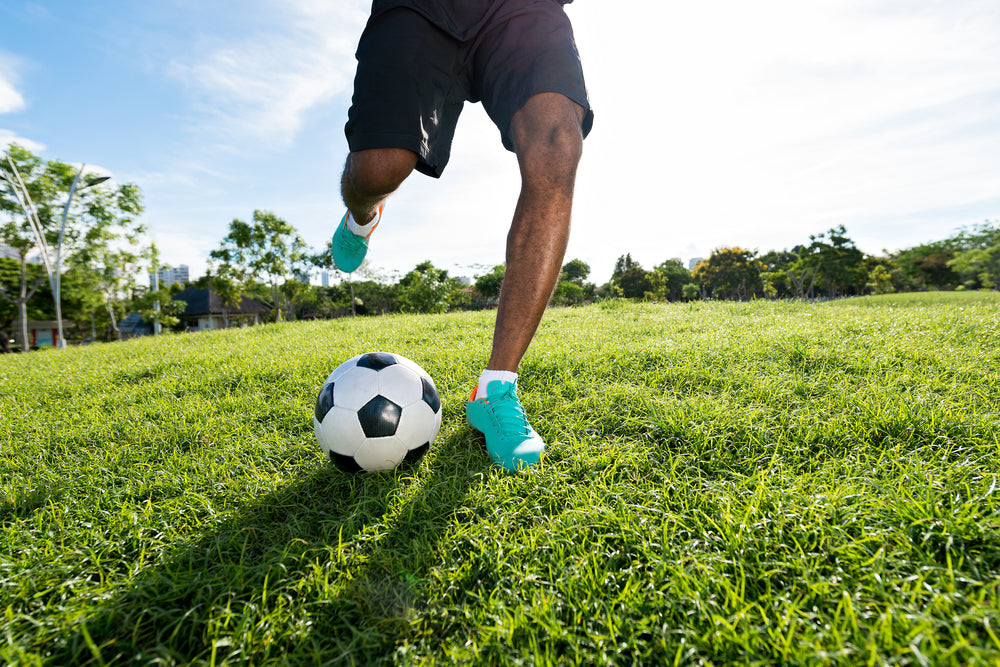Exercise Anatomy
Hip Joint Abduction
Hip Joint Abduction is a valuable exercise focusing on the lateral movement of the leg away from the midline of the body. This movement engages the muscles of the outer thigh, primarily the abductor muscles. Incorporating Hip Joint Abduction into your routine enhances lateral strength, improves hip stability, and contributes to a well-rounded lower body workout. Whether you're an athlete aiming to boost agility or someone looking to tone and strengthen the outer thighs, this exercise is a simple yet effective way to target specific muscle groups for better overall lower body function and aesthetics.

Major Muscles and Actions Involved
Hip Joint Abduction involves the lateral movement of the leg away from the midline of the body. This action primarily engages the muscles of the outer thigh, known as the abductor muscles. These muscles include the gluteus medius, gluteus minimus, and tensor fasciae latae. Executing Hip Joint Abduction helps strengthen and tone these muscles, contributing to improved lateral stability and functional strength in the lower body.

Sports Uses
Hip Joint Abduction directly benefits athletes engaged in various sports that demand lateral strength, stability, and agility. Soccer players, involved in frequent side-stepping and lateral movements, find this exercise essential for enhancing the strength of the outer thigh muscles, contributing to better maneuverability on the field. Basketball players, who often make quick lateral cuts and changes in direction, benefit from the improved hip stability and lateral strength provided by Hip Joint Abduction. Additionally, dancers and figure skaters, who rely on precise lateral leg movements, incorporate this exercise to enhance the strength and flexibility of the outer thigh muscles, contributing to better performance and reduced risk of injury. Integrating Hip Joint Abduction into training routines provides a targeted approach to enhance lateral strength, crucial for success in sports requiring dynamic lateral movement
Exercise Tips
- Technique:
Ensure a neutral spine and proper body alignment throughout the exercise. Keep the movement controlled and avoid using momentum to lift the leg. - Range of Motion:
Aim for a full range of motion, lifting the leg laterally without compromising form. Avoid excessive upward movement of the pelvis, focusing on the hip joint's abduction. - Amount of Weight Used:
Start with a light resistance, especially if new to the exercise, and gradually progress. Choose a weight that challenges the muscles without sacrificing proper form. - Grip:
If using a machine, maintain a stable grip on handles or support to ensure balance. In floor exercises, use your hands for balance and stability as needed. - Variations:
Experiment with different equipment like resistance bands, cable machines, or dedicated abduction machines. Try standing, seated, or lying variations to target muscles from different angles. - Unique Muscle Involvement:
Focus on engaging the gluteus medius and minimus for effective hip abduction. Concentrate on muscle activation rather than simply lifting the leg. - Breathing:
Inhale before initiating the abduction, exhale during the effort, and inhale during the return. Maintain a rhythmic breathing pattern to enhance coordination and stability during the exercise.
